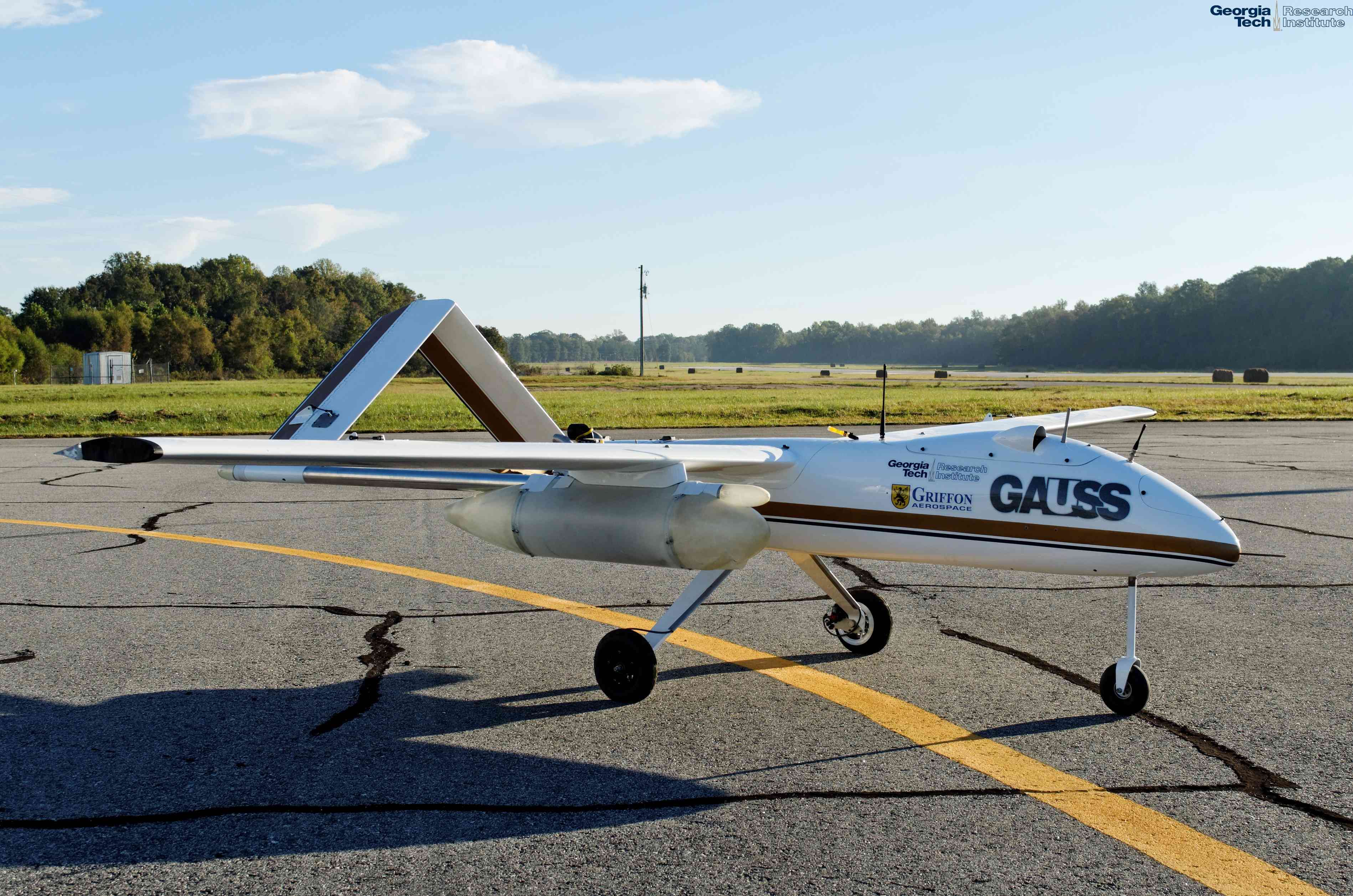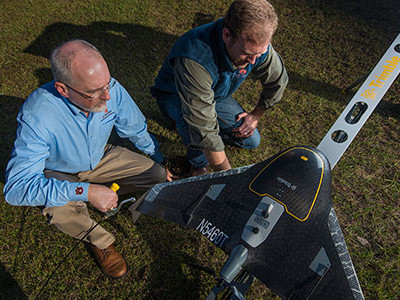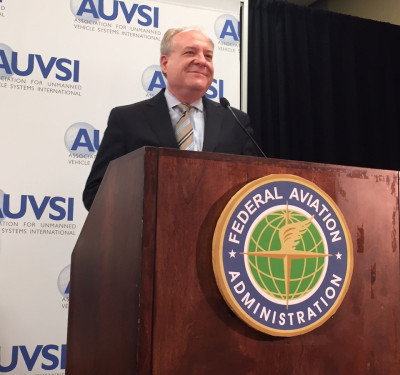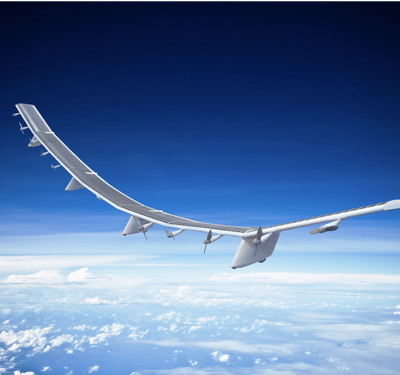
NUAIR
Recently eased rules will slash flight-related paperwork for the FAA test ranges, enabling new business models, speeding research and giving the newly minted Center of Excellence latitude to conduct studies wherever it makes sense.
The Federal Aviation Administration recently announced it was giving a sort of “blanket” permission to fly to the six unmanned aircraft test ranges it selected in 2013 in Alaska, Nevada, New York, North Dakota, Texas, Virginia. Under the broad new Certificates of Waiver or Authorization (COAs) the sites can fly public aircraft operations anywhere in the National Airspace System as long as they stay at or below 200 feet. The aircraft must be small (under 55 lbs.) and they must be flown during the day and within the line of sight of the operator. Even so, the test sites can fly them nearly anywhere in the country and they won’t need a new COA for each different kind of aircraft — a dramatic change from previous rules.
“We certainly believe it’s going to make it easier to get the smaller UAS (unmanned aerospace systems) in the air,” said Rose Mooney, executive director of the Mid Atlantic Aviation Partnership (MAAP), which is based at the Virginia Polytechnic Institute and State University in Blacksburg (Virginia Tech).. “So we’re able to provide services on testing and research much quicker with the new COA — without having to apply, and get in line, and having to go through the normal steps that we have been up to now. We’re very excited about it.”
“It can mean a tremendous amount,” agreed retired Air Force general James Poss, executive director of the ASSURE team. ASSURE, which stands for Alliance for System Safety of UAS through Research Excellence, was recently selected by the FAA as its new UAS Center of Excellence. The Center is expected to funnel much of its $10 million in government and matching funds for in UAS research through the test sites.
“If essentially they’ve got a nationwide COA, that does away with a lot of the geographic issues that would have impeded us working fully with the test sites, Poss told Inside Unmanned Systems. “For example, we’re hoping to do a good bit of research on how to fly to support the offshore oil industry in United States. Ninety-five percent of that is off the Louisiana/Mississippi coast. Neither Louisiana nor Mississippi was part of a test site. Before, we would have either had to come up with our own COA to do it, or just not flown the mission. Now one of the other test sites can support it and, within the limits of the COA, can very easily start doing research in the offshore oil and gas industry.”
The new COAs also make it easier for organizations to collaborate. For example, said Poss, the Northern Plains UAS Test Site in North Dakota is the lead within ASSURE for a crucial area of research — detect and avoid. Also in ASSURE is Embry–Riddle Aeronautical University in Florida, a school that, because it is a private institution and not public organization, would have a much more difficult time getting a COA.
It will be simpler now for the two to cooperate on something like sense and avoid applications for agriculture drones, said Poss.
“Now (Embry–Riddle) can make a partnership deal with the Northern Plains site and get it all set up very quickly to do to detect and avoid research for precision agriculture over an orange grove out there,” said Poss.
The wide-ranging COAs, however, are still strictly for public aircraft operations – that is flights for the a governmental function— though the agency is working to make that more broad , said an FAA spokesman.
“The COA is limited to public (government) aircraft operations for now,” the spokesman said, “but the FAA is currently working on expanding the authority under this COA.”
The new approach also brings new business opportunities to the test ranges.
“I have interest from a couple of other state entities that are interested in using UAVs (unmanned aerial vehicles) for public purposes — non-law enforcement related,” said Tom Wilczek, an industry specialist for aerospace and defense out of the governors office that represents the Nevada site. “I can use that broad COA to allow them to fly for a public service or a public good under that broad COA.”
“Flights conducted by the test site as valid public aircraft operations could be operated under the COA,” confirmed the FAA spokesman. “This could include situations where the Test Site is performing a governmental function on behalf of another government entity. Such operations would need to comply with the public aircraft statute.”
The public-aircraft limitations mean the authorizations won’t have much impact on commercial firms, said Wilczek.
Even so, everyone who spoke with Inside Unmanned Systems seemed happy with the change.
“I can’t tell you how pleasantly pleased we were to see that the FAA was thinking this far ahead,’ said Poss. “It really does make things a lot easier to do new UAS research.”






